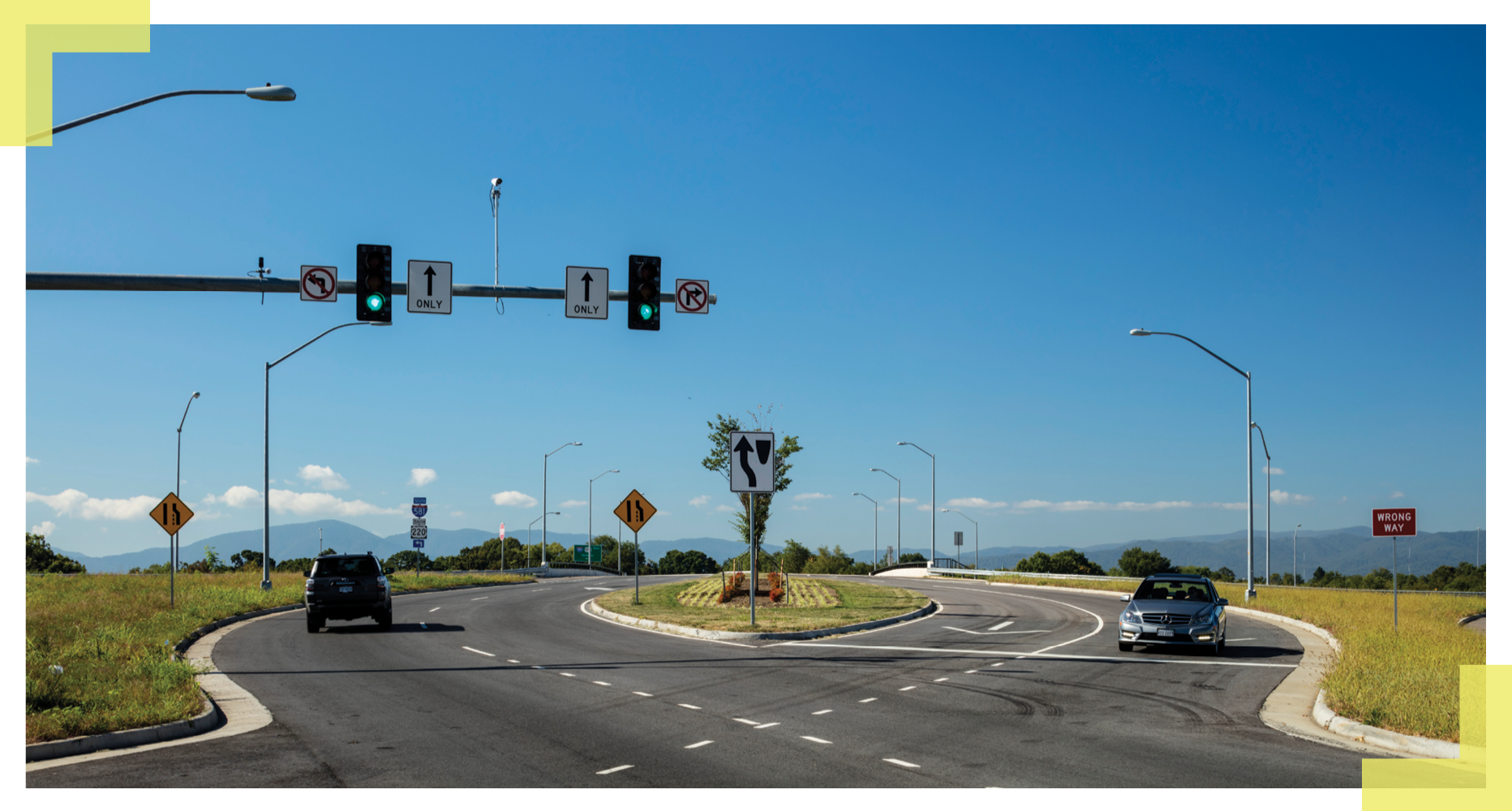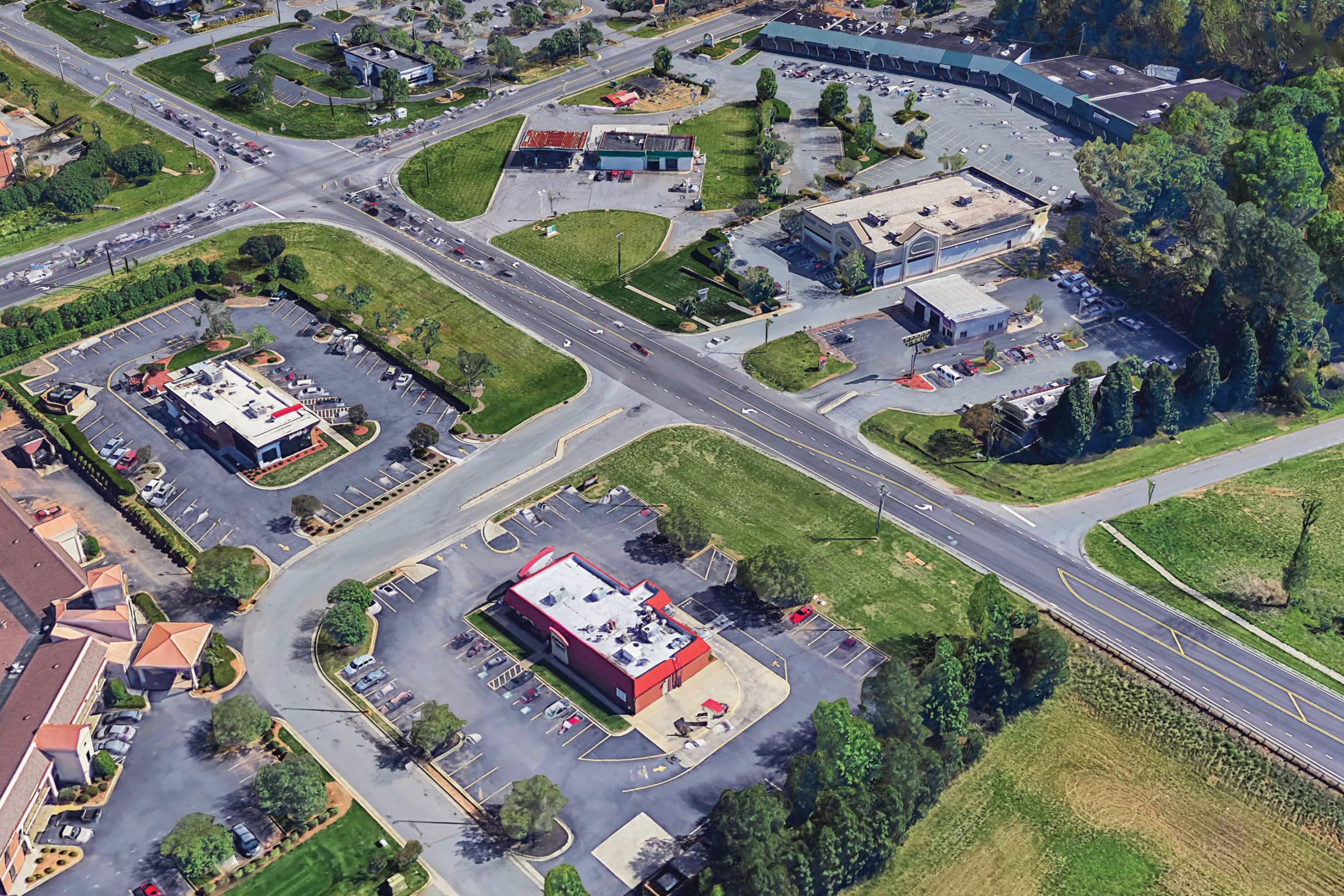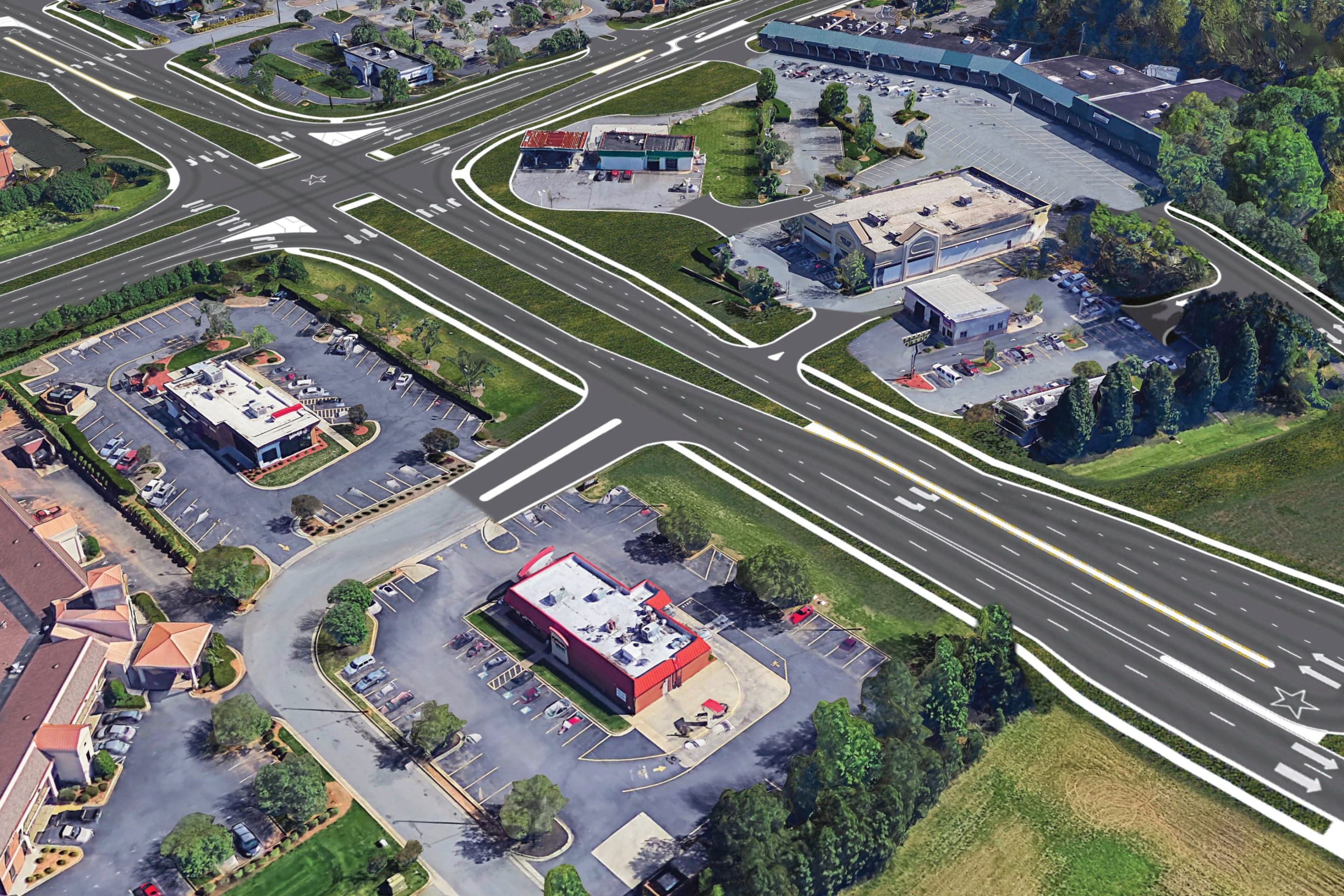As the population continues to boom in the Southeastern United States, the region’s roadway infrastructure network is becoming increasingly strained and clogged, necessitating improvements that not only enhance accessibility, but also safety. STV, with its deep roots in the roadway/bridge market in the Southeast, which goes back nearly 70 years, is currently providing a wide range of design services for a number of critical safety improvement programs throughout the region.
“The increase in traffic is monumental, so safety is a big deal,” said Stuart Matthis, P.E., STV vice president and a business development director. “Whether the project is being procured using standard delivery methods, or is a design-build contract, it’s becoming more and more of a priority for nearly every roadway and bridge client that we support.”
Lane and Bridge Transformations
In many instances, STV’s engineers and planners are developing innovative solutions to practical problems that relate to traffic congestion.
“More and more of our projects are widening existing roadways or bridges as opposed to building new ones,” Matthis explained. “Fifty years ago, it was the exact opposite, so now a lot of what we do is intended to get more capacity out of an existing system.”

For projects such as the I-581 Valley View Boulevard Interchange Improvements Design-Build in Roanoke, VA, the STV team designed a wider bridge, expanding it from two highway lanes, with only one in use, to four fully functional lanes. The firm’s design included construction of ramp terminal intersections, completion of the ramps to the north of the interchange and expansion of the interchange’s capacity. To enhance safety, the design team developed a diverging diamond interchange (DDI). DDIs are a relatively new innovation within the United States that allow two directions of traffic on a non-freeway road to cross on an overpass and/or underpass and briefly drive on the opposite side of the road. As a result, drivers can make left turns without crossing oncoming traffic, which reduces potential left-turn crashes, keeps traffic flowing and improves sightlines.
Similarly, the Spout Springs Road Widening project in Hall County, GA, also called for the existing roadway to be widened. Located in the Gainesville area, which is the fourth fastest-growing metropolitan region in the nation, Spout Springs Road currently consists of a two-lane, undivided roadway with an accident rate that is higher than the state average.
As part of this program, STV’s design team was tasked with widening the 6.1-mile corridor, which will consist of four 11- to 12-foot travel lanes as well as a sidewalk and pedestrian/bicycle trail that connects to other pathways in the area. The team designed provisions for a median to separate directions of travel – therefore reducing the number of left-turning or conflicting traffic movements that can result in T-bone collisions. Plans for left-turn storage will prohibit left-turning vehicles from the through lanes, decreasing potential for rear-end collisions. Project construction is expected to start in late 2019 and reach completion by 2024.
Pedestrian Enhancements
In addition to improving safety for motorists, another priority for clients is creating a safer roadway network for bicyclists and pedestrians, particularly at intersections.
One project that exemplifies this shift in thought is the US 21/Gilead Road Improvement Program in Huntersville, NC. In addition to enhancing the flow of traffic, which had become snarled thanks to exponential population growth in the city, the project provides new pedestrian and bicycle accommodations through sidewalks, a multi-use path, wider outside lanes and bike lanes on the road. Designers also integrated new pedestrian countdown signals at intersections and within median refuges
Traffic Data Studies
One crucial step in designing safer roadway projects is studying the traffic patterns of each setting prior to the implementation of a larger program. One of the most significant traffic studies being conducted by STV in the Southeast is the I-20/26/126 Corridor Improvements, better known as Carolina Crossroads – a $1.5 billion project that is the largest transportation initiative in South Carolina.
With a goal of identifying improvement alternatives to a major crossroads for commuters in Columbia, SC, STV led traffic data collection efforts throughout the corridor including main line volumes, vehicle classification, turning movement counts, travel times and accident data. Once this phase of the program was completed, the data was used to develop simulations, analyze specific corridors and prepare reports to modify the interchange.
“Especially on a longer corridor, crash analysis is part of the scope,” explained Richard Capps, P.E., senior vice president. “In these studies, you’re looking for locations in the roadway where there are established accident or crash trends. The goal is always zero accidents. We’re trying to create solutions that mean safe travel for the public.”
Top Photo © Jeffrey French

